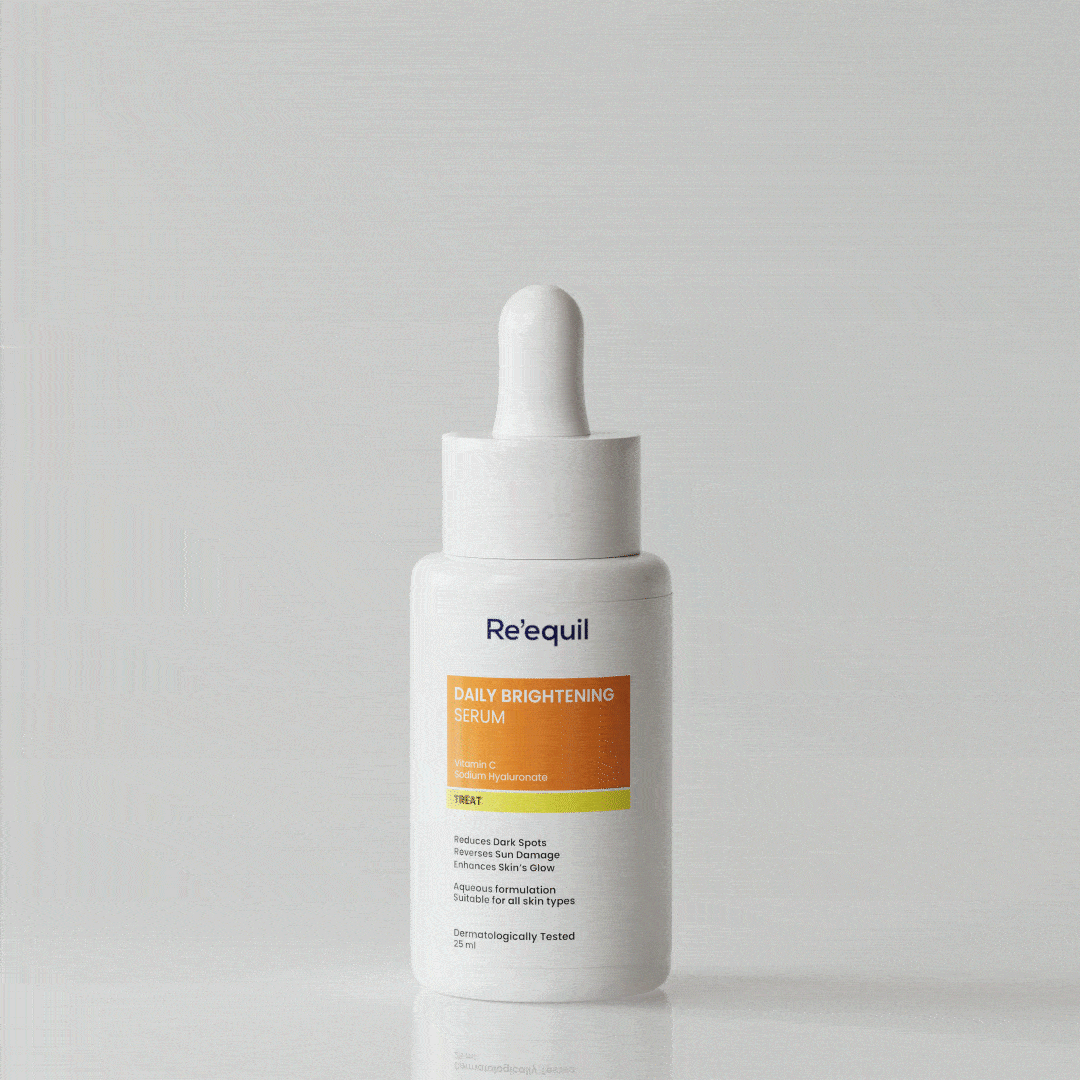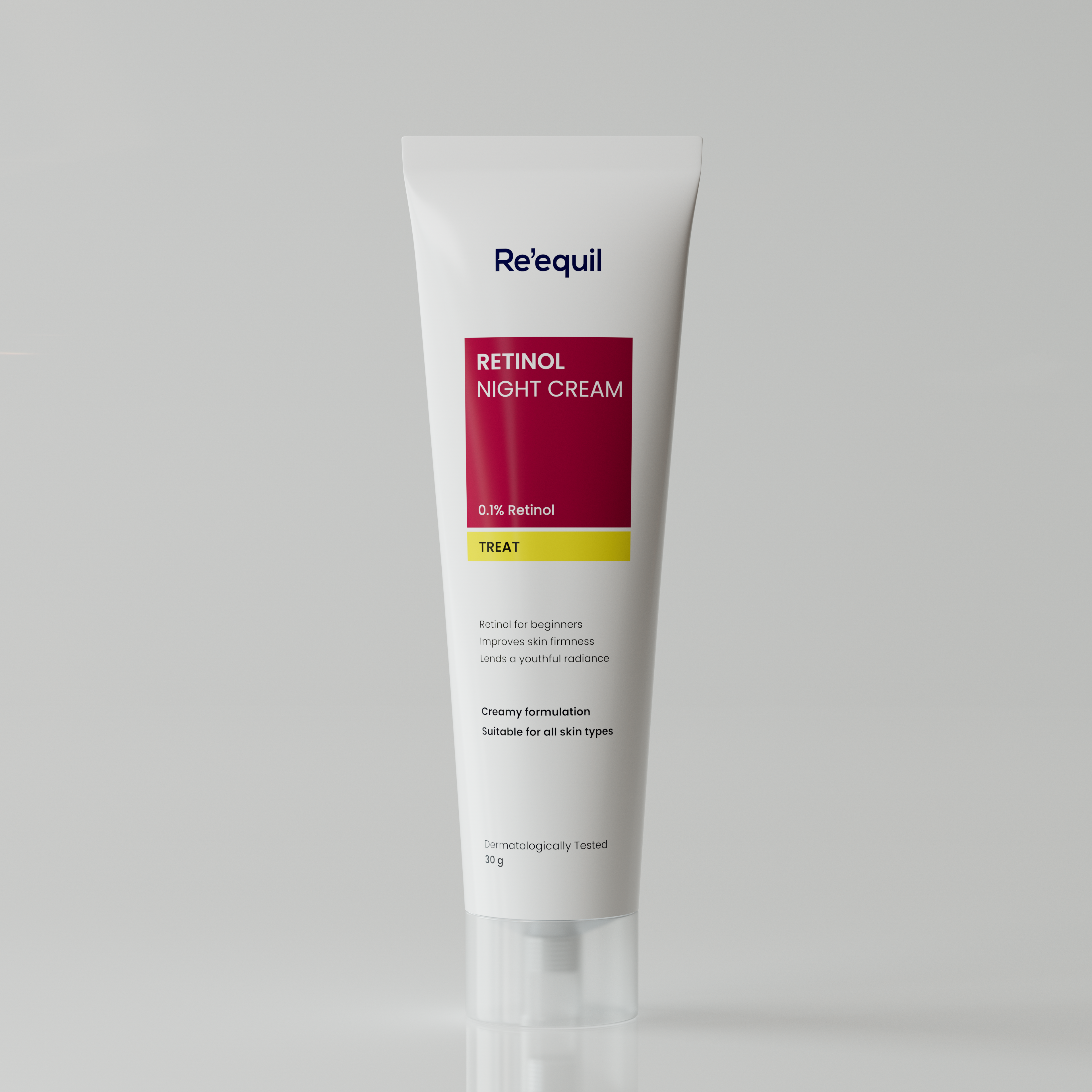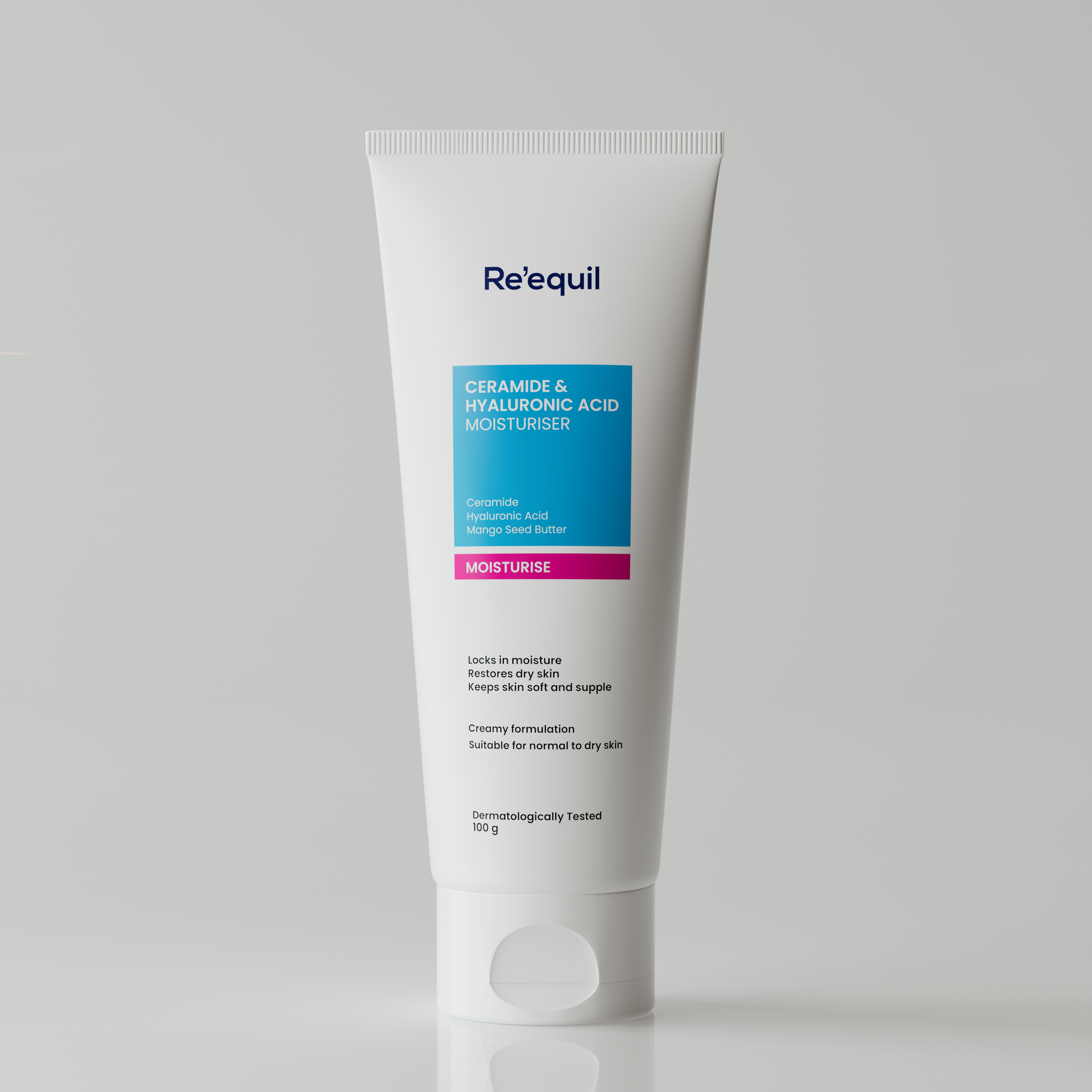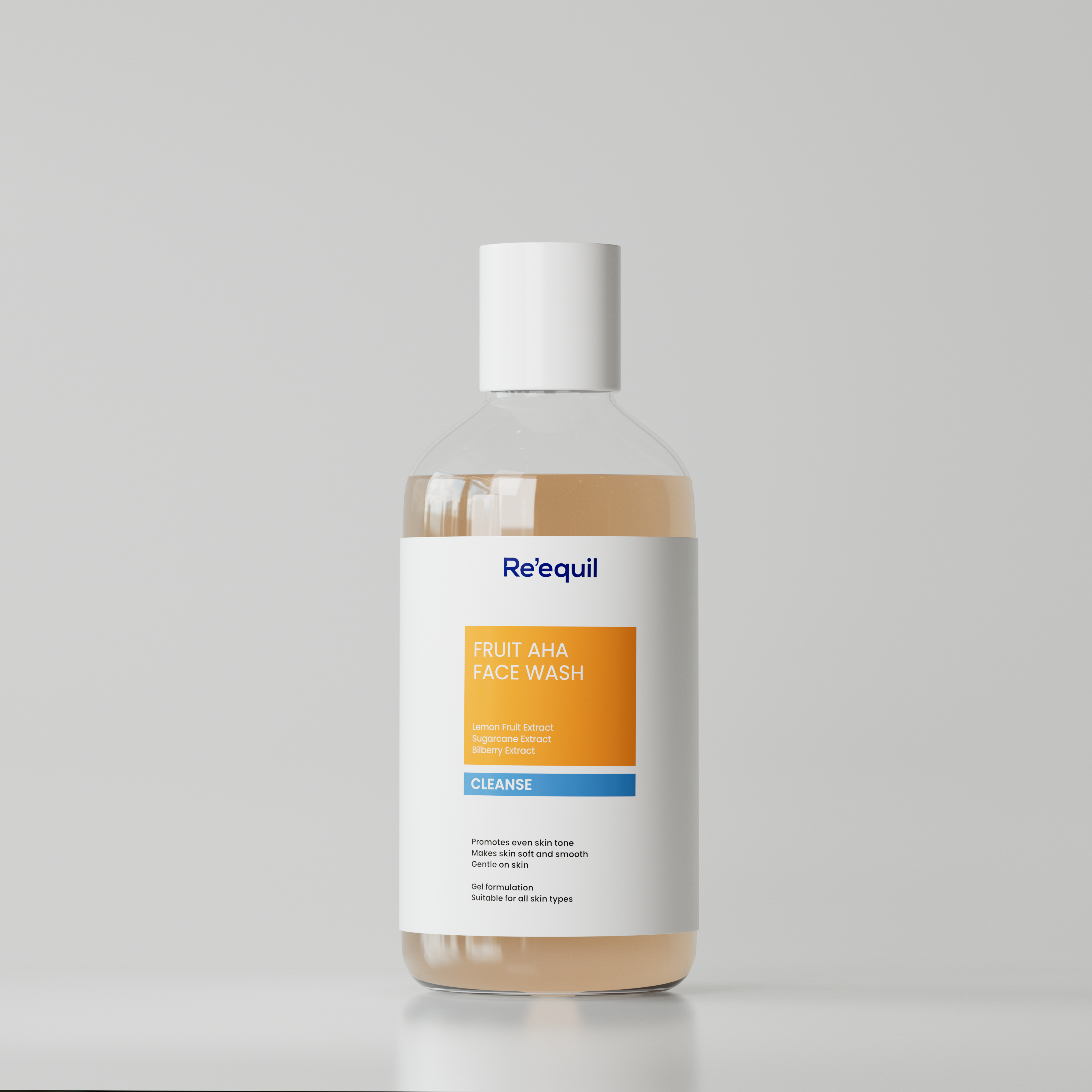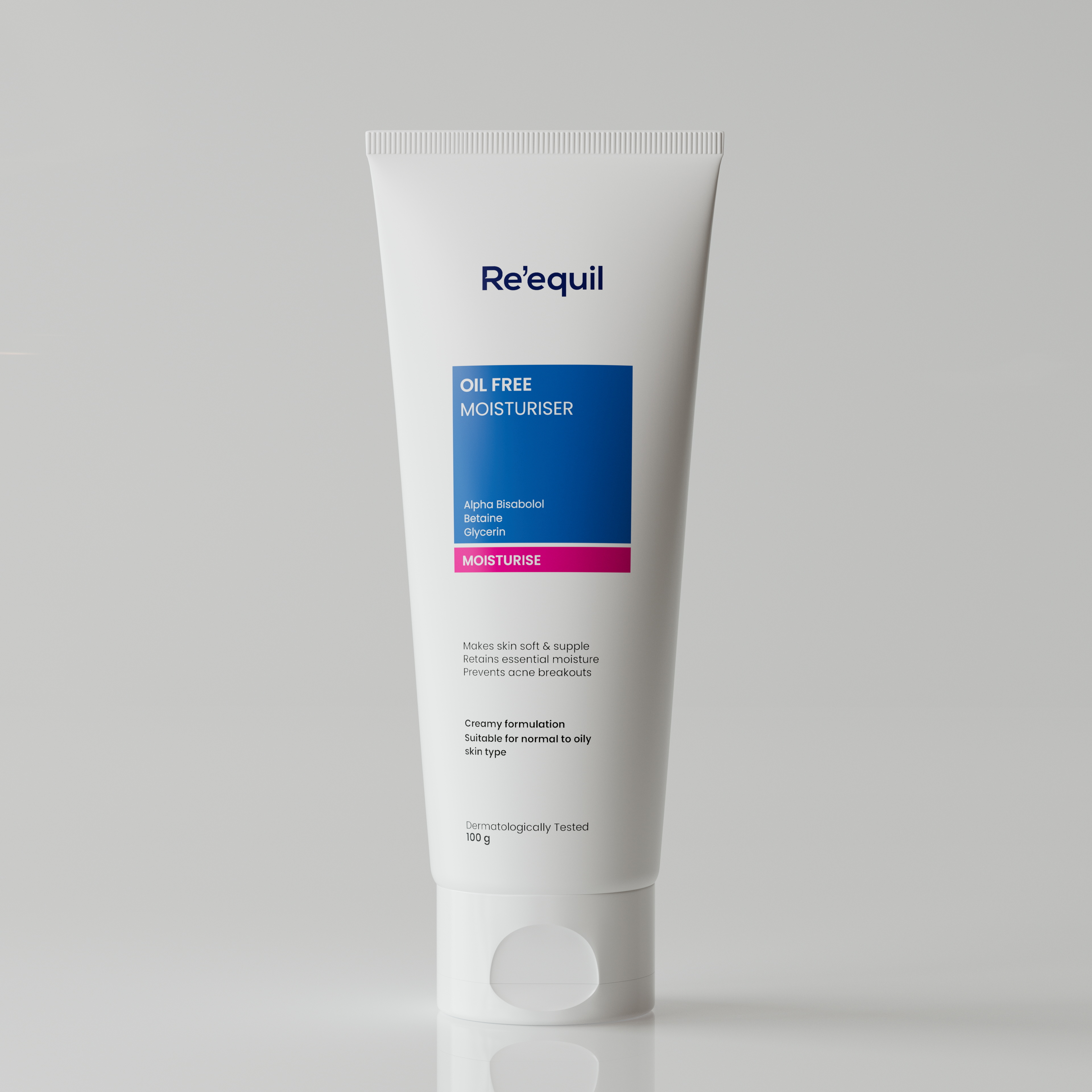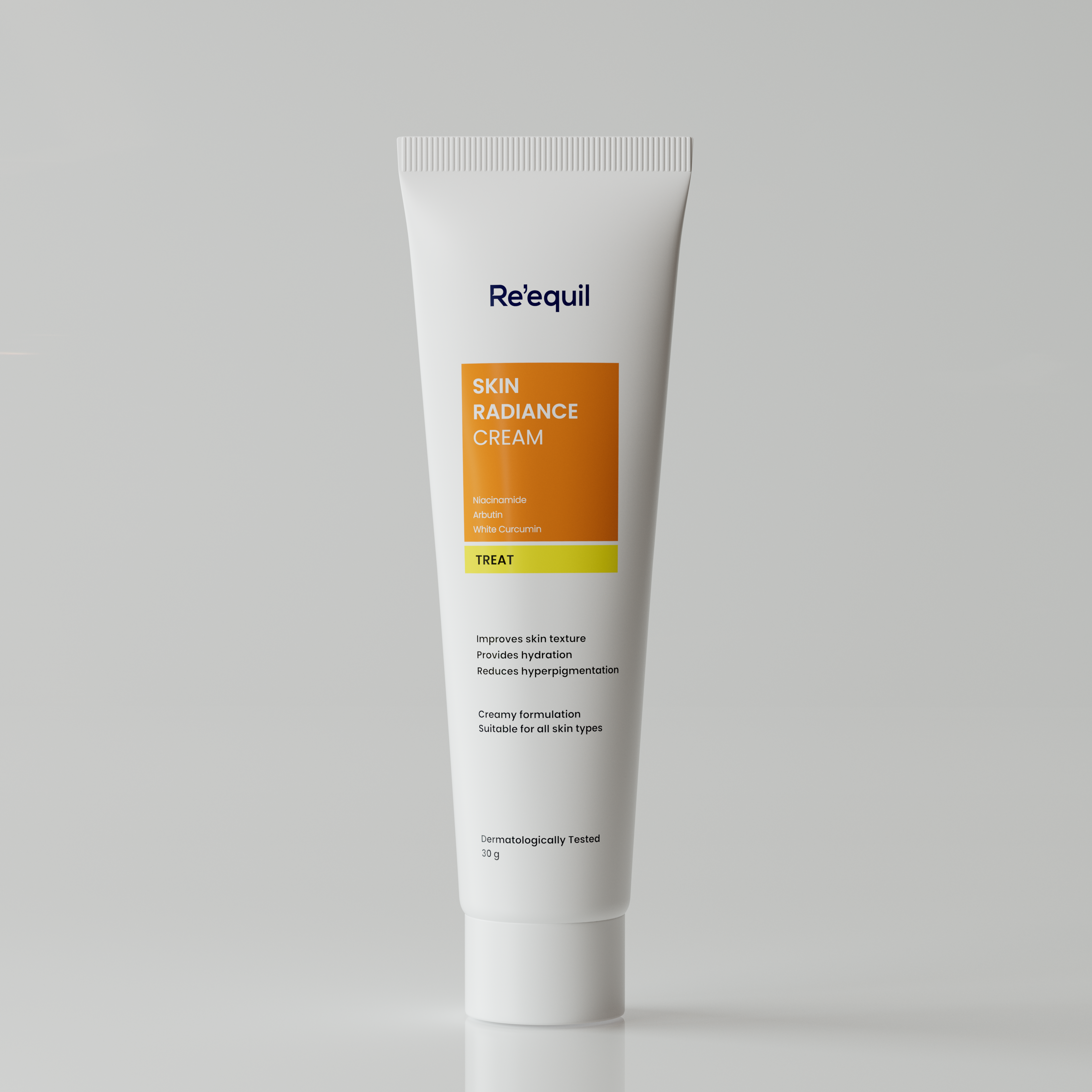Whenever you stock up on mineral sunscreens, you may feel like you've made the right choice for your epidermis. There is no doubt that mineral sunscreens are an ideal product for daily application. Even many scientific research studies and skin care experts are boasting the benefits of mineral sunscreen (aka physical sunscreens) for healthy skin. Wait! Are you sure that you have chosen the right mineral sunscreen product for your epidermis? Titanium dioxide and zinc oxide are the key ingredients in mineral sunscreens. Sometimes, these ingredients are broken down into nanoparticles while making mineral sunscreen to avoid white cast. In recent years, few research studies have pointed out safety concerns about the use of nanoparticles in sunscreens. A research study mentioned in Skin Pharmacology and Physiology has explained that nanoparticle zinc oxide sunscreen can penetrate the stratum corneum. We know that it can be really confusing for you to understand the science of sunscreen ingredients when there are hundreds of products available. Don't worry, we are here to assist you in understanding what these nano and non nanoparticles are in sunscreens.
Difference between nano-particles and non-nano particles
Nano and non-nano particle terms are used to define the size of zinc oxide and titanium dioxide used in the formulation of mineral sunscreens. A nanoparticle is an ultra-small particle that is one-billionth of a meter. Any particle greater than 100 nanometers is called a non-nano particle.
Nano zinc oxide and titanium dioxide
In the market, two types of mineral sunscreens are available i.e. one with nanoparticles and another with non-nano particles. When it comes to choosing one for your skin, it has been concluded that sunscreens with non-nano mineral filters are better from a safety perspective. On the contrary, research studies have shown that nano zinc oxide and titanium dioxide can cause adverse effects due to dermal absorption. EWG (The Environmental Working Group) also does not recommend using sunscreen products having micronized (nano) zinc oxide and titanium. The reason is the inhalation of these nanoparticles is linked to causing lung damage. Another concern is these extremely small nanoparticles can easily enter your bloodstream from the skin surface. As per previous studies, zinc nanoparticles zinc oxide nanoparticles are harmful to marine organisms.
Why are non-nano zinc oxide and titanium dioxide the safest sunscreen ingredients?
Mineral sunscreens which are made up of using non-nano particles are considered safe and effective for your skin and body. The major benefit of using non-nano zinc sunscreen is that zinc sits on the outer layer of your skin to block UV radiations. It does not penetrate deeper skin layers to absorb and reflect the UV rays and visible light. Additionally, it is assumed that non nano zinc oxide leaves the white layer of your skin, but that's not the truth. Non nano mineral sunscreen blends perfectly on your skin to even your skin tone. According to researchers, mineral sunscreens with 25% zinc oxide provide great photoprotection from both UVA and UVB rays. Similarly, non-titanium dioxide is safe and effective for skin.

There are countless benefits of wearing sunscreen but it is only when you choose the right sunscreen. It is always important to know if your sunscreen contains beneficial ingredients for your skin. Now you have a clear understanding of the role of nano (micronized) and non-nano particles in sunscreens. If you are concerned about the presence of nano zinc oxide and titanium oxide ingredients in sunscreen, then you can easily opt for mineral sunscreens without nano- particles. Non-nano zinc oxide sunscreens provide you strong UVA and UVB protection without the risk of penetrating your skin. To be more confident about the health and safety of your skin, make the right mineral sunscreens an integral part of your daily skin care regimen.
P.S.
Research studies show that some common chemical ingredients in your sunscreen exhibit a negative impact on your skin and surrounding environment. While reviewing the safety of common ingredients used in sunscreens, oxybenzone is identified as a harmful ingredient for your skin. As per evidence, frequent use of oxybenzone-based sunscreens can cause a large amount of this chemical to enter the bloodstream. Not only this but oxybenzone is also found to pose the risk of marine toxicity. Dermatologists explain that it is good to use sunscreen which is free of oxybenzone.




